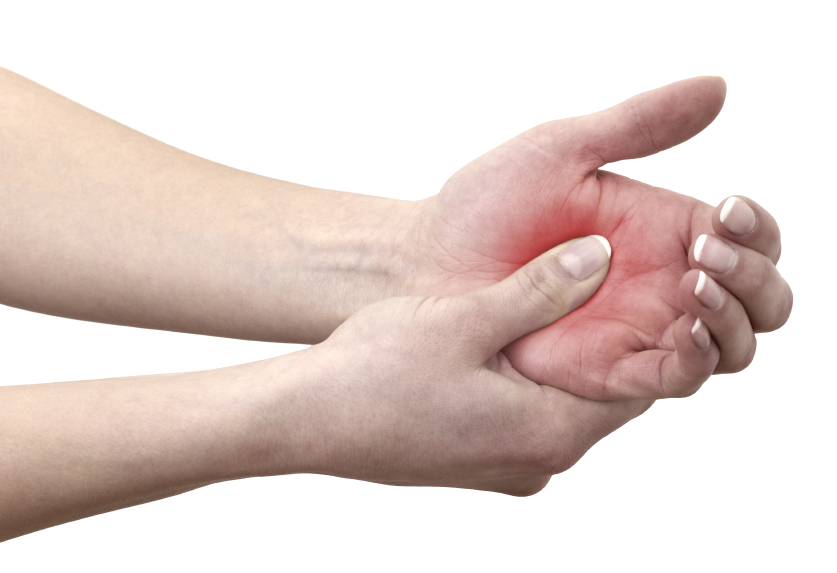Be flexible: Your bones and joints will reward you with these 5 benefits
12/08/2017 / By Jhoanna Robinson

The American Academy of Orthopaedic Surgeons (AAOS) recently released a statement that tries to get people to include flexibility exercises as part of their daily workouts.
“Increasing your flexibility improves your ability to move easily. Some joints lose up to 50 percent of motion as we age. There are many ways to improve your joint flexibility including controlled stretches held for 10 to 30 seconds, stretches that rely on reflexes to produce deeper flexibility, as well as yoga and pilates,” said orthopaedic surgeon and AAOS spokesperson Raymond Rocco Monto.
Monto says we should always remember that flexibility exercises, when you incorporate them into your next workout regimen, provide the following five benefits:
- Less back and joint pain — A study that was published in 2011 in the Archives of Internal Medicine showed that regularly stretching your joints can prove effective in relieving chronic back pain. Also, different studies have found that quadricep stretches can help alleviate knee pain.
- Better athletic performance — Similar to a functioning rubber band, tendons and muscles create more force under tension when they are supple.
- Improved joint motion — As we age, the flexibility of our tendons and joints naturally decreases. Stretching is proven to help bring back lost joint motion and boost joint function.
- Improved muscle health — Flexibility exercises have a way of training muscles to have the capability to take on an increased amount of stress, especially in high tension activities that involve jumping and cutting movements.
- Better circulation — A study that has appeared in the American Journal of Physiology in 2009 concluded that torso stretches can lessen stiffness and boost blood flow. Also, it showed that regular hamstring and calf exercises at night can prevent the onset of or otherwise decrease the frequency and intensity of night-time leg cramps.
Posture, aside from limb exercises, is also important
Good posture is necessary for a healthy body and a healthy brain. Having an improper posture can affect the spine, which protects the nervous system, specifically the spinal cord, from injury. Misalignment in the spine can seriously break the communication between the brain and the body.
Similarly, bad posture can affect proper balance. Balance helps integrate information between our brain and our body. The main factor to consider in order to have good balance is the proper communication between our vestibular system, our visual field, and our proprioceptive input, which refer to sensations from joints, connective tissues, and muscles that can be obtained by lifting, pulling, and pushing heavy objects.
Previous research studies have established that 65 percent of kids all over the world have bad posture. Such children develop abnormal motor patterns that can result in neuromuscoskeletal disorders. It is therefore essential to have an annual posture analysis and spinal screening starting at the age of six by a chiropractor.
Modern life has posed some challenges to wards obtaining a good posture, especially with the advent of new gadgets that require us to bend our heads and necks down, such as smartphones. Some suggestions on how we can avoid the effects of this phenomenon, which is called the Text/Tech Neck, include the following:
- Limiting screen time to less than one hour per day;
- Making a kid-friendly ergonomic study environment;
- Managing backpack weight;
- Instituting posture breaks every 30 to 60 minutes;
- Delving in daily physical activity;
- Choosing to lie on your side or back and never your stomach; and
- Having your posture always checked by a professional.
For more news stories on fitness and proper body enhancement, visit Slender.news today.
Sources include:
Tagged Under: fitness, flexibility, flexibility exercises, healthy lifestyle, joint health, joints, longevity, men's health, muscles, natural remedies, neuromuscoskeletal, posture, slender, women's health




















